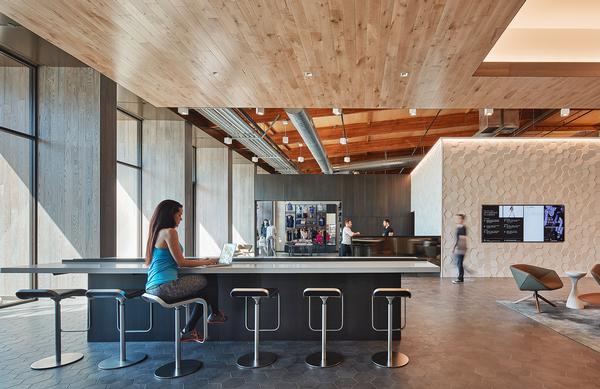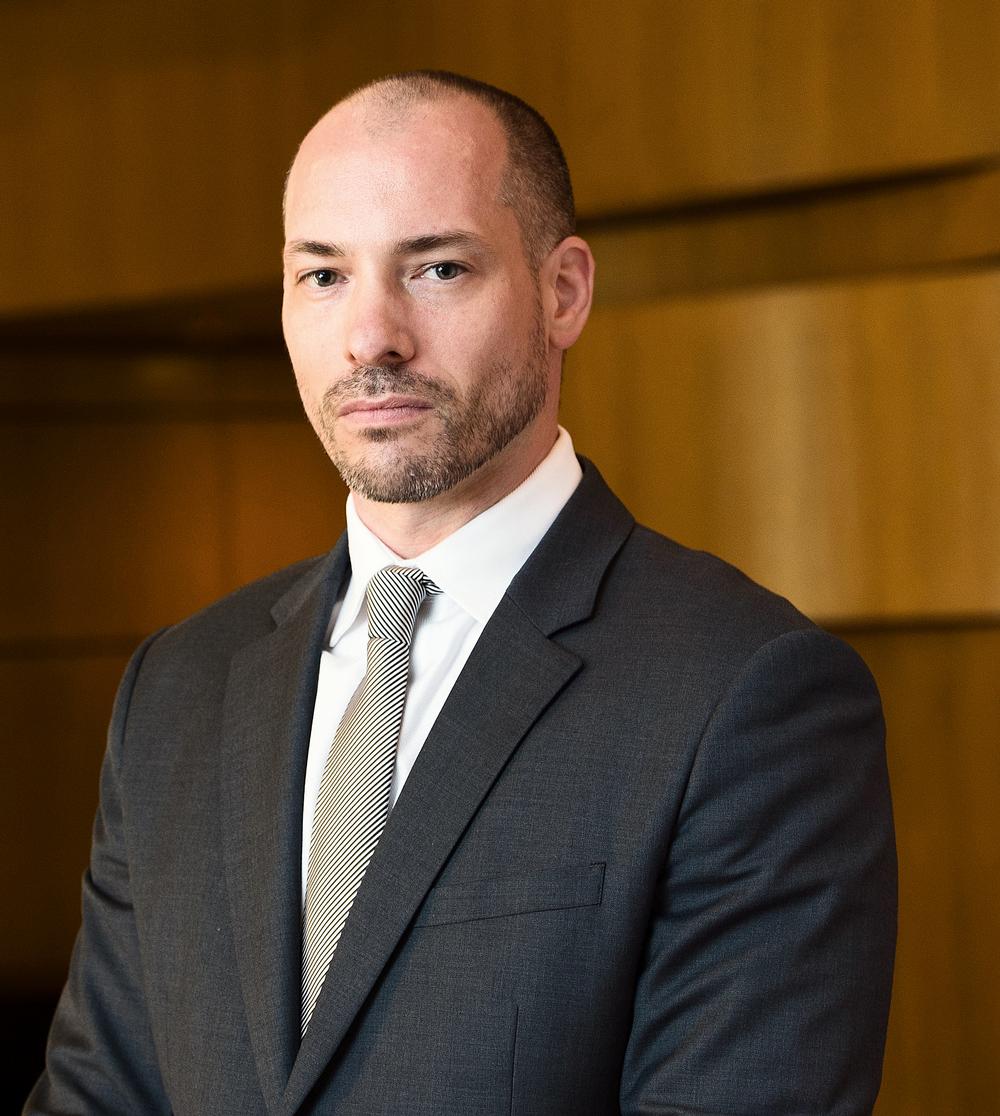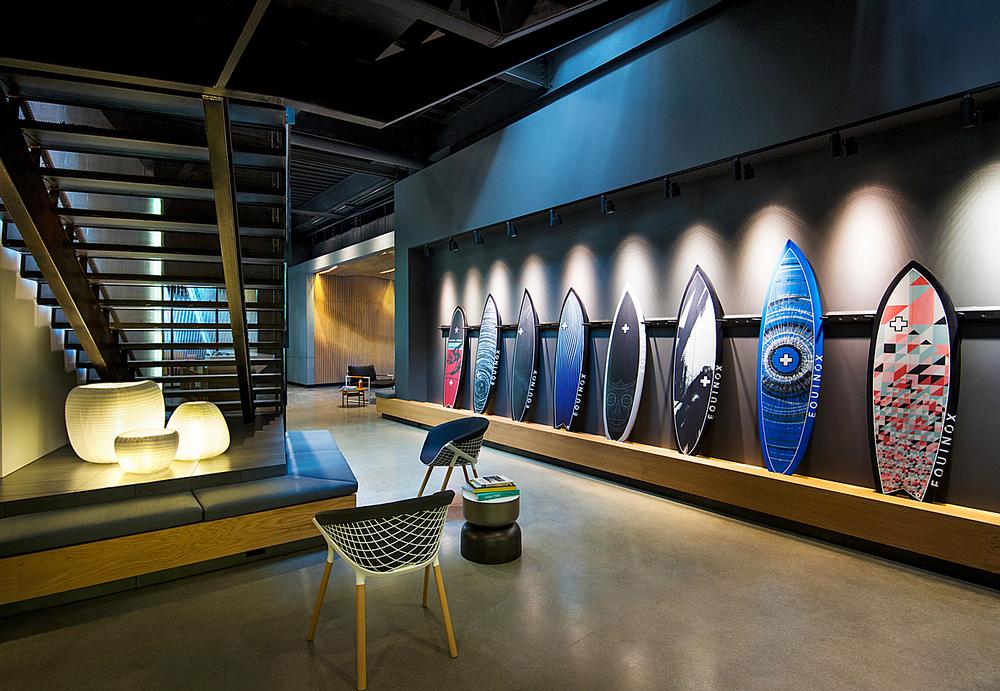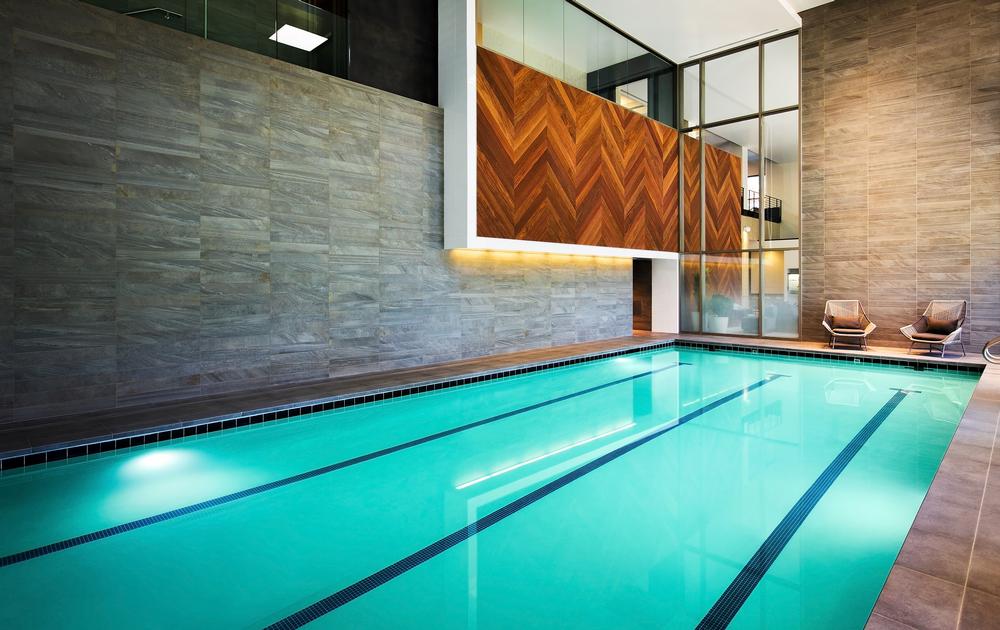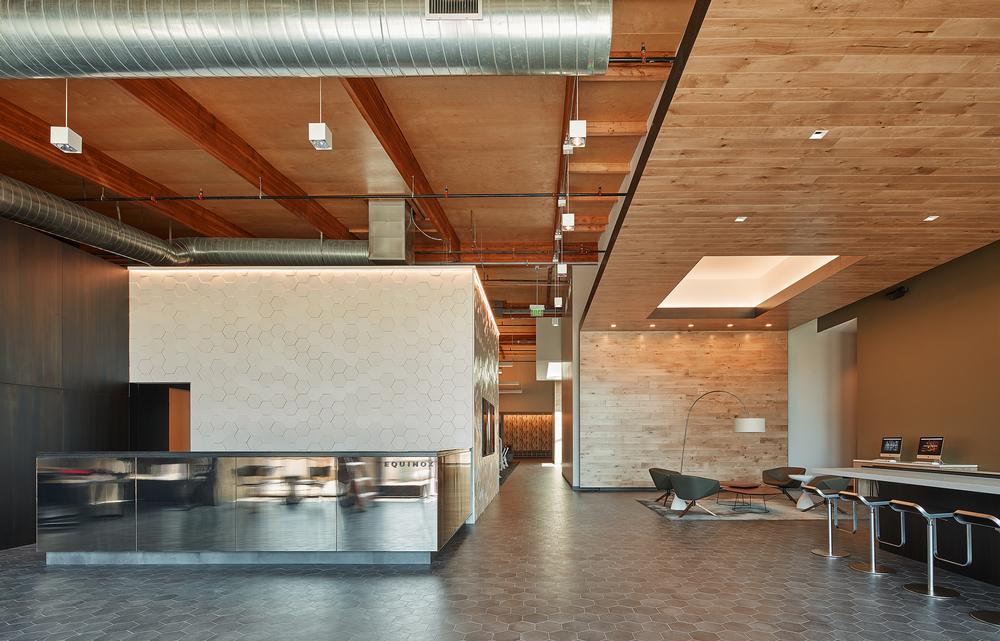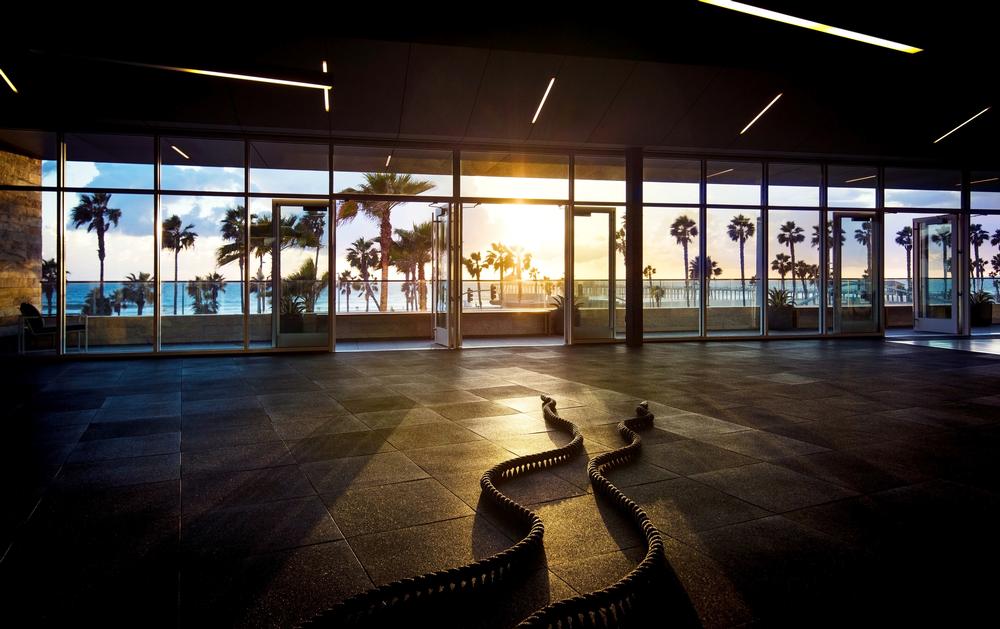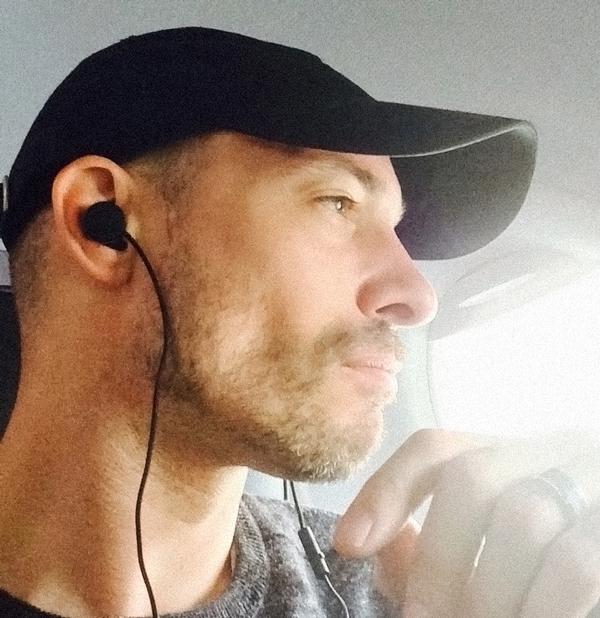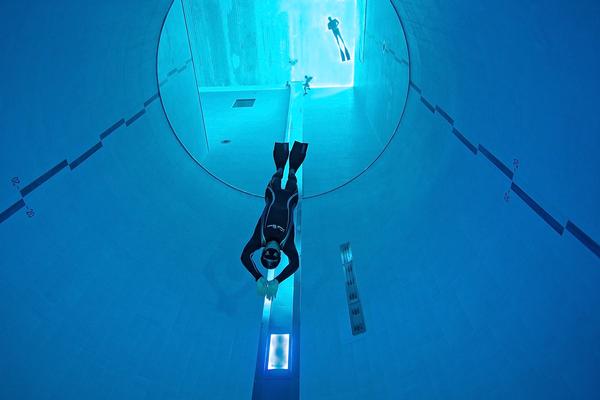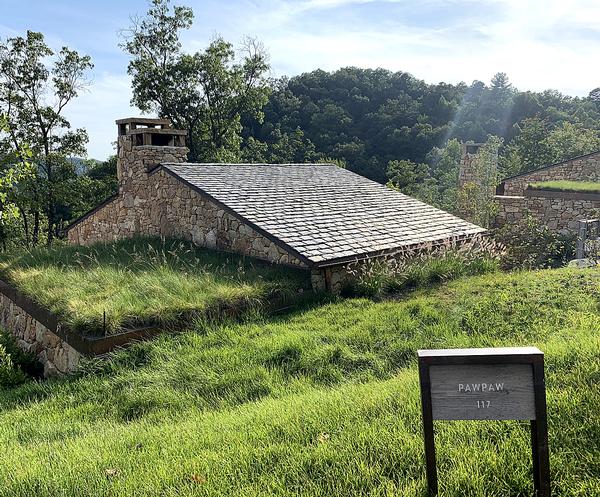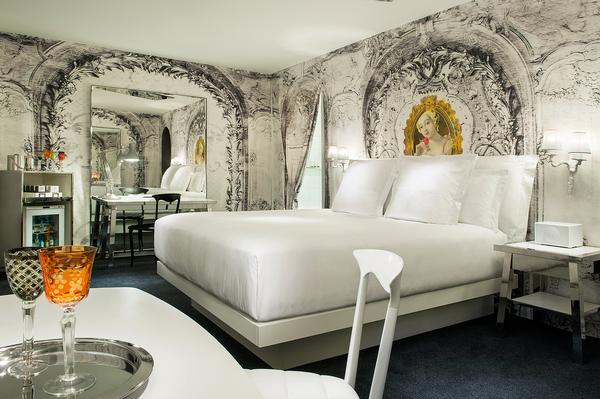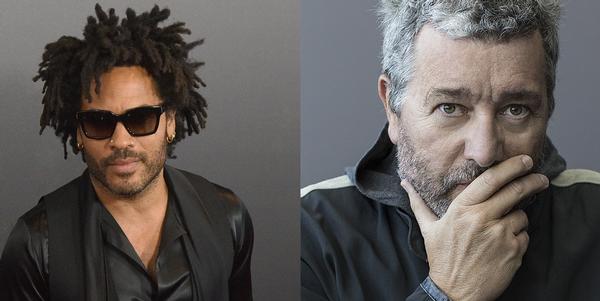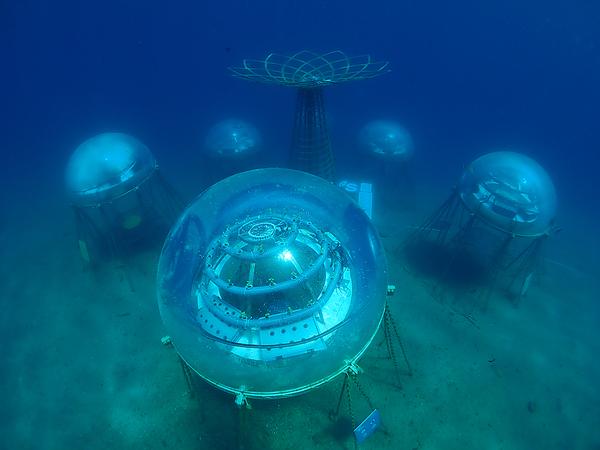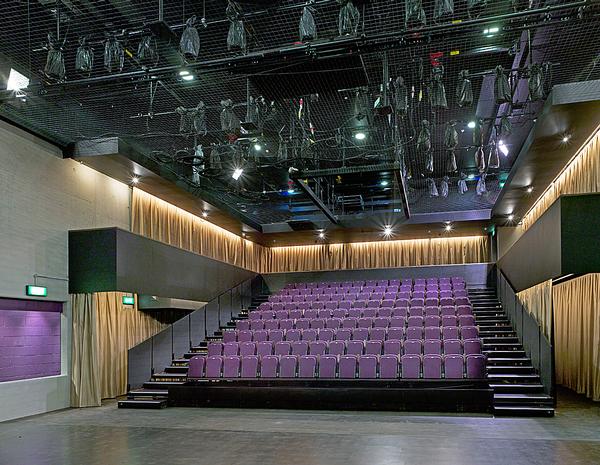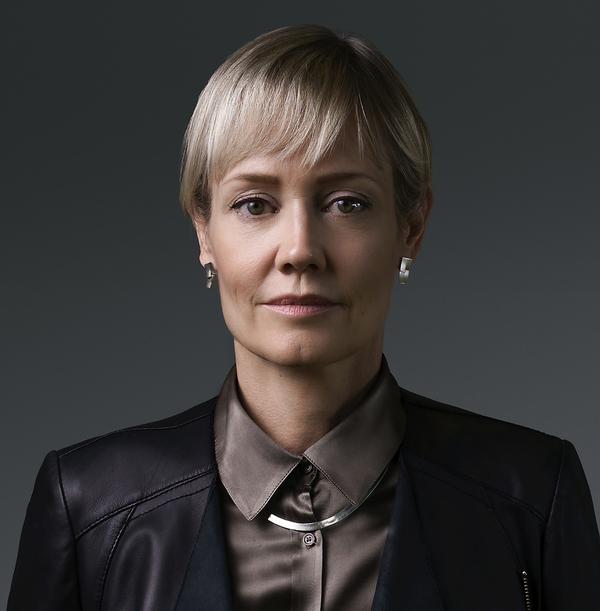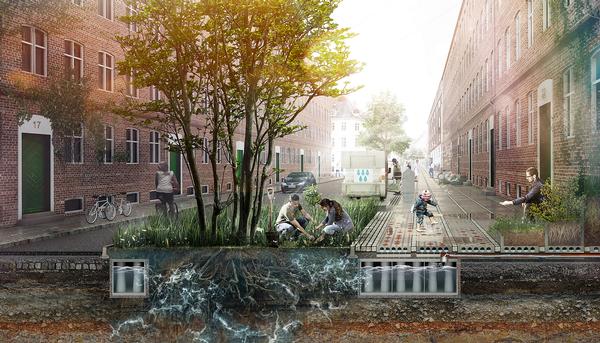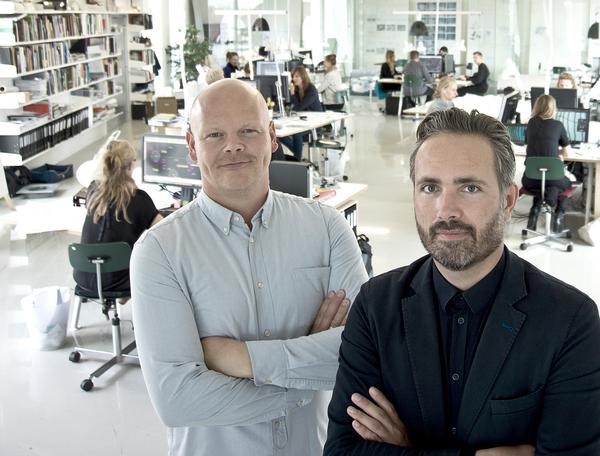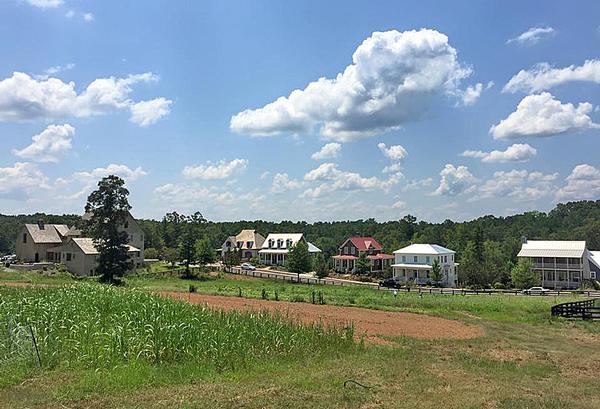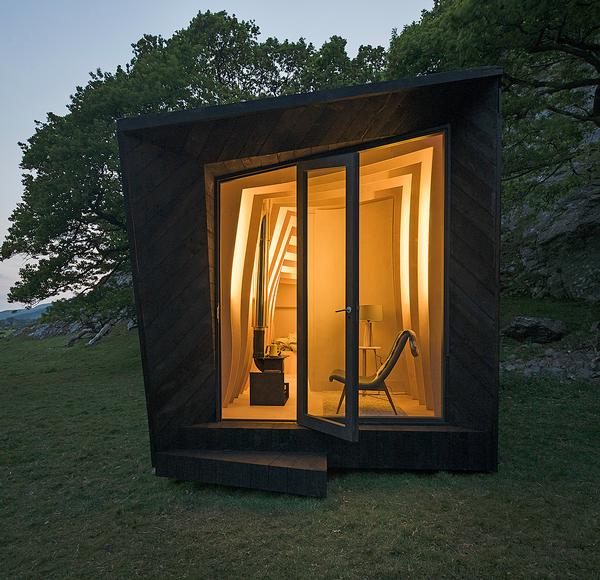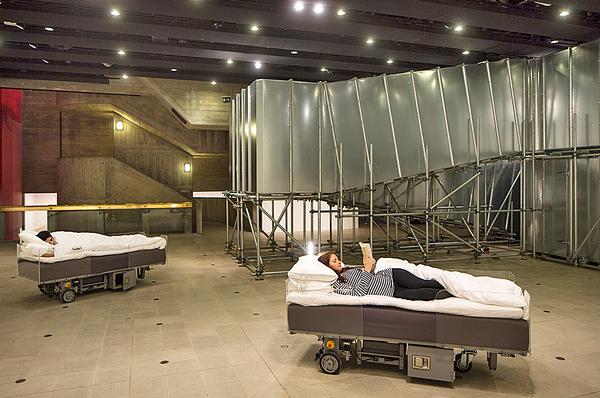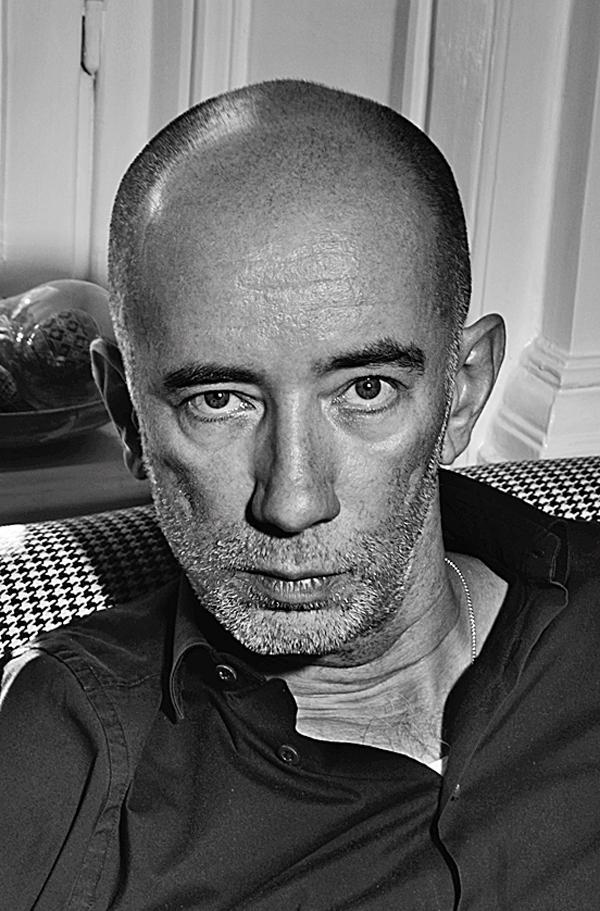Interview
Aaron Richter
As luxury fitness chain Equinox prepares to enter the hotel market, Equinox’s vice president of design, Aaron Richter, tells Magali Robathan what will set the hotels apart
What’s the vision for Equinox Hotels?
Equinox’s core philosophy is based on our brand expertise regarding movement, nutrition and regeneration. The science of fitness for us is synergistic delivery of these pillars that will be customised for the guest. Every part of the Equinox Hotel experience will celebrate the art of travel, and be delivered with our unique point of view: substance with style.
Movement is something we do very well; we’re renowned for it, and it will be a key focus for our hotels. When you stay at our hotels, you’ll have access to amazing Equinox health clubs, you’ll be able to tie into local community events, to have a trainer if you want; and you’ll have access to exercise classes. We’re going to take away all the barriers to fitness that come with travel. We want to make it as easy as possible to stay on track.
On the nutritional side, we’ll be offering fresh, healthy food and we’ll help you figure out what you should be eating in concert with your workout and travel regime. You’ll still be able to get a piece of chocolate cake if you want, but if you want to stay true to your health regime with your dietary needs, we’ll make that super-easy.
With regards to the regeneration side of things, our hotels will feature a very significant spa. I can’t disclose the size yet but it will be pretty impressive. It will provide traditional spa offerings but will also offer very specific treatments for sports recovery and jet lag.
How will the design fit with this vision?
The hotels will be all about regeneration. We’ve been studying sleep behaviour with our Health Advisory Board. Certainly a deeper understanding of REM cycles and how they function will play a part. Educating about effective sleep habits, morning and evening rituals and the effect of the environment contribute to a successful night’s sleep.
People have difficulty with beds, bedding, temperature, noise, light pollution, nutrition and their physicality. Each of these can be a disrupter and we’re trying to address them all. Anything that could work against a good night’s sleep will be stripped away. An alarm clock, for example, is a distraction. I’m lobbying not to have televisions, or at a minimum for them to be concealed.
The first Equinox Hotel will open in Hudson Yards in New York City, is that right?
It’s scheduled to, yes. We’re well into the design of that hotel. However, there’s been a lot of interest from the development community in our offering. We’re exploring various potential conversions and new build opportunities – it could be that one of those happens more quickly than Hudson Yards.
Which markets are you looking at for potential hotels?
We’re looking at LA, for sure, as well as New York and San Francisco, but we have also had interest in secondary, fitness-orientated cities like Austin, Denver and Seattle.
What about outside of the US?
Yes, we’re actually looking at sites in London. Nothing to announce yet but active discussions.
Can you talk about the design of the Hudson Yards hotel?
Industrial modern is at its root. We’re working with Yabu Pushelberg on the design.
We have settled on three words to describe the design of the Hudson Yards hotel: masterful, provocative and inviting.
The plans are to open up to 75 hotels in total, is that right?
Yes. It’s certainly ambitious but doable. What we’re finding is that there’s a really crowded field out there in terms of hotel brands. Some are distinct, but a lot of them are not unique from a programming standpoint. We’re offering something fundamentally different and the response from our members and from the development community has been extremely positive.
What will set Equinox Hotels apart?
It’s the way we’ll incorporate the fitness and wellness into the hotels. Lots of hotel brands have a fitness component to their hotel, but what they’re offering isn’t really rooted in a good understanding of fitness. They’re aimed at someone who’s on the road and feels guilty about not working out, rather than someone who’s truly into fitness and is trying to continue their lifestyle. Our hotels are a continuation of what we offer in the clubs. We’re here to help you stay committed to that, rather than get off your schedule.
Equinox health clubs all look quite different. Is there something that unites them from a design perspective?
There’s a common thread that we strive towards – what I call ‘aspirational design’. We want our members to feel elevated and aspire to achieve. You need to create those moments to transcend. Often this is where selfies are taken.
The aesthetic is rooted in modern industrial. Original clubs were designed with exposed structural and mechanical systems, even leaving the markings on the steel. There was a kind of elegant honesty about the approach to the design that we have respected. Within that, we try to make the spaces feel elevated and residential, even though they function as commercial environments.
The activities in our space have very different environmental demands. Each one has to be tuned for experience. Lighting is critical. Sequencing and programming agencies are all important. Making sure that you solve for performance first and provide a rich choice of activities. Our health clubs tend to be very voyeuristic, and we don’t try to shy away from that, but it’s important that members don’t feel intimidated. We have designed areas where our members can choose to be away from the spotlight if they prefer.
How do you approach each new project?
In terms of the design, we often take our cues from the neighbourhood. For instance the property that we recently opened in Carlsbad, California, was inspired by the area’s Spanish neoclassical architecture. We weren’t just going to do a post-modern, Spanish revival building though; instead we tried to design something that was modern, and us, but seen through the lens of that style of architecture. Our second club in Brooklyn (Equinox Dumbo) is in an old cardboard box factory, and the area has a kind of raw refinement, so we had to convince the city and the landlord that what we were doing was honest to the location and the building.
You opened your first UK club, Equinox London, in 2012. Did you approach that project differently from your US ones?
Before we entered that market, we thought about how to approach it. There are a few things we did differently there. We have a significant boxing and personal training demand and we had one of our first dedicated cafe lounges there as we found that people in the UK were using clubs more heavily as social spaces. The US is catching up quickly.
The building itself played a significant role. The space we found in Kensington was extraordinary. It’s the old Art Deco Derry and Toms building – the birthplace of Biba – so there was a lot of history around it. It was an amazing space but if it had been in New York, we probably wouldn’t have done it because it’s five stories up, and it has a very demure entrance.
We were definitely concerned about entering a new market with something that was so discreet, but what we’re finding is that in London being discreet is actually a positive thing. In that market, having a slightly obscure location that you have to work to find is okay; in fact, it’s seen as a good thing. People like being in the know, and they like being able to find somewhere a bit out of the way – it’s a point of pride in London because it’s such a complex city.
What are the biggest considerations for you when approaching the design of a health club?
Our operational and real estate needs are a very big consideration. It’s important for us to set the stage for the talent working in the club. We think of ourselves as set designers for the trainers and staff in the club, so it’s super-important that we provide everything they need. So that’s the base line - having the storage in the right place; the mirrors at the right height; the lighting levels; the sound levels; all the stuff they need to create the moment for them to actually connect with the guest.
Do you have a favourite club?
It’s a difficult choice, but I’d have to go for our club in the Marina in San Francisco (Equinox Union Street). It’s housed in a single screen movie theatre from the 1920s. It’s a four story structure that had been abandoned; when we took it on it still had popcorn in the dispensers.
We had to keep the stage where it was and we had to leave some of the columns around the stage, so we decided to put our group fitness studio right there on the stage.
The building had an incredibly ornate Art Deco interior, with murals from the 1920s that go up the entire height of the building featuring partially clothed people in angelic poses. We preserved those murals and based all our metalwork on the Art Deco style. We cored a light well through the centre of the space, and added skylights and windows on the fourth floor that allow you to see the Golden Gate Bridge.
There were more limitations than there were opportunities in that building and I think we did a great job. It’s a beautiful club.
Which architects do you admire?
So, so many. SHoP Architects, Isay Weinfeld, Anda Andrei, John Pawson, Marmol Radziner, Bates Masi, Herzog & de Meuron . . . I could go on for hours. Shigeru Ban is doing good stuff. What he does very well is bring the spirituality back – his architecture is quite transformative. I tell our architects that I want people to walk into our spaces and feel a bit like they’re in a temple – not in a religious way but in a spiritual way. You want to get that ‘Oh!’ moment. Ban does that very well.
I also admire the work of Geoffrey Bawa. He did an incredible job of blurring the indoor and outdoor. Historically, health and fitness has been a very internally focused experience – everything facing inwards, there aren’t usually many windows and health clubs often take basement space. Wherever I can, I’m trying to bring nature and natural light into our clubs.
What are you currently working on?
We’re actively developing a number of health club properties at the moment, as well as maintaining and renovating our existing health clubs and converting our recently purchased SCLA properties.
In terms of the health clubs we’re working on, the majority are in the US, but we’re also looking in the UK and Canada. With the one club already in the UK, we’re currently in lease negotiations for multiple sites in London. I can’t talk about locations yet but we’re actively looking in that market and have been over the last three years. We recently opened our second gym in Toronto, Canada, and we’ll be opening a third club in Canada in September 2016, in Vancouver.
In the US, we just opened a club in Carlsbad, California and are working on one in Berkeley CA and are about to open one on East 92nd Street in New York. By the end of 2016 we will have opened a total of 10 new clubs: including four more in New York (DUMBO, Williamsburg, Grammercy Park and on Bond Street).
You previously worked for Ian Schrager and Starwood Hotels and Resorts. What have you brought to the health club industry from those experiences?
Both Ian Schrager and Barry Sternlicht [chief executive of Starwood] taught me to be unafraid to challenge the norm and to trust my instincts. I’ve been very fortunate to count them as mentors and I have tremendous respect for their visionary approach to hospitality. Harvey Spevak, chief executive at Equinox, has also been a great supporter of design and innovation.
I think that having that background in hospitality means that I approach health and fitness from a different angle than I would if I’d always worked in the fitness industry.
For a long time, the health club industry has been neglected in terms of design. Health clubs have been functional only; the design of them hasn’t really been celebrated. The industry is becoming more mainstream, so a club traditionally orientated to hardcore gym-heads with a very certain approach to fitness doesn’t work anymore. The question is, how do you take the functionality of that environment and the function of all of these other type of fitness environments and make it much more approachable for a much larger range of perspectives.
I don’t try to compete with other health clubs from a design point of view, instead I try and compete with the wider leisure industry – with restaurants, hotels and retail and also with the homes that people live in.
I think that we need to be on a par with those types of facilities to succeed and build our brand and reputation, so whenever I approach a new project, the challenge is always to ask a lot of questions about the experience we can provide for customers and members which goes above and beyond great fitness. The same philosophy will apply when it comes to the development of the Equinox group of hotels.
EQUINOX
Luxury US fitness brand Equinox launched in 1991 with the opening of its first health club in Manhattan’s Upper West Side, New York. It is known for its luxurious clubs, personalised service and fiercely loyal clientele. The brand now has 79 health clubs in the US, Canada and the UK, and also operates the fitness brands SoulCycle, Pure Yoga and Blink Fitness. In 2014, the company acquired six properties from Sports Club/LA and Reebok Sports Club/NY.
In 2006, Equinox Holdings, parent company of Equinox Fitness, was bought by US real estate firm Related Companies, which pledged to invest heavily in the growth of Equinox.
In May 2015, Equinox Holdings announced that it was preparing to launch an upscale, fitness-focused hospitality brand. The first hotel, which will feature interiors by New York design firm Yabu Pushelberg, is due to open in Manhattan in 2018, at Hudson Yards. It will feature a 60,000sq ft gym – Equinox’s largest – as well as swimming pools and a major spa.
